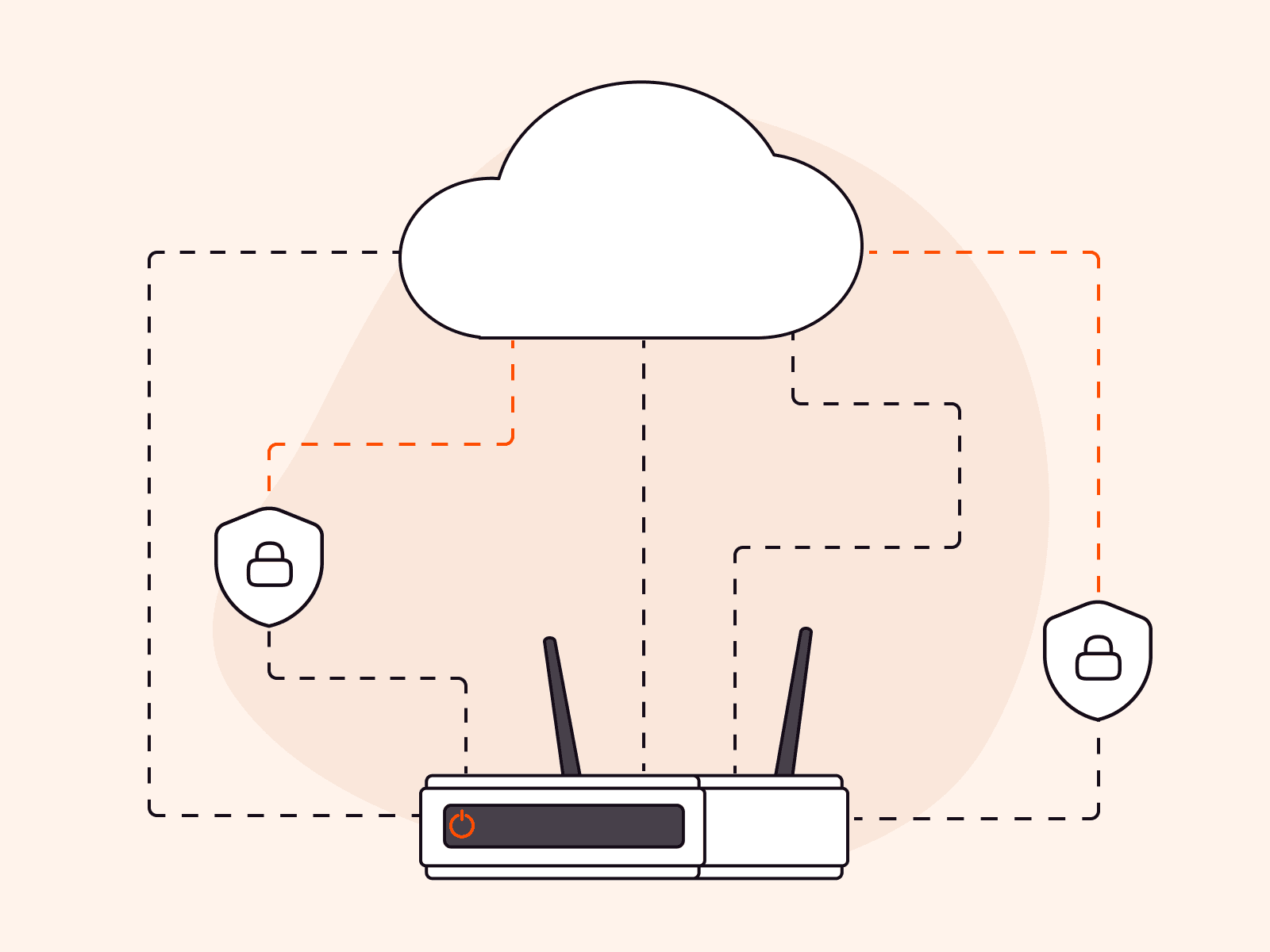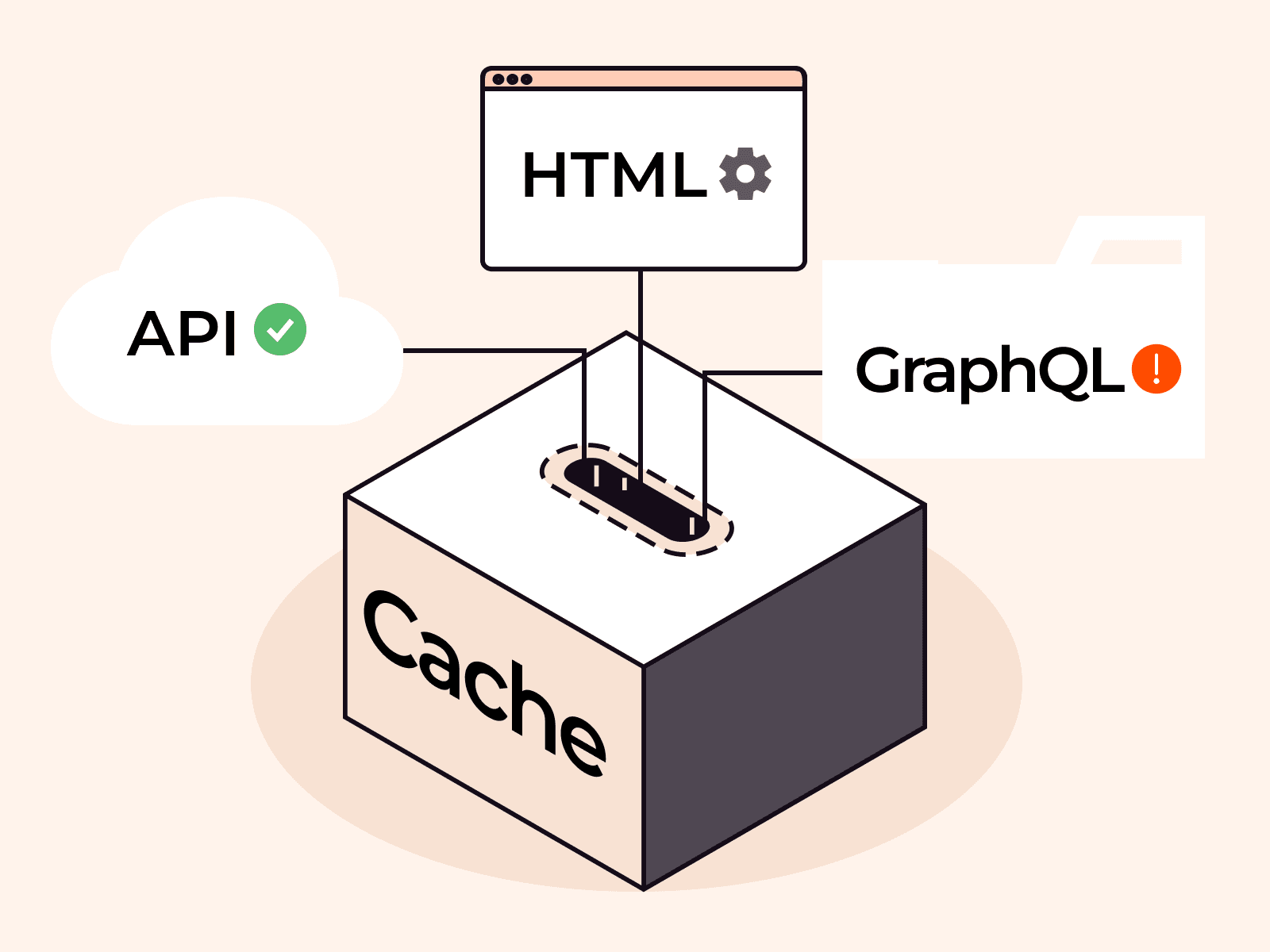An HTTP 499 error is a client-side issue that occurs when a user terminates the connection before the server can even respond. In most cases, users are not to blame for this error—the connection is broken automatically, making the site appear inaccessible.
In this article, we will delve into the causes of HTTP error code 499, detailing the reasons for its most frequent occurrences. We’ll also cover potential remedies you can apply if and when they occur. By the end of the piece, you will have a thorough understanding of HTTP 499 errors and be better equipped to address them.
What is the HTTP 499 client closed request error?
HTTP status code 499 signifies that the request from the client, who initiated it, couldn’t be fulfilled successfully.
Here is what happens when the error occurs:
- Your browser sends a request to a website—for example, you want to open its main page and send a request to get the page’s content.
- The server receives the request and attempts to fulfill it.
- However, the client cannot complete the request successfully due to an issue related to its actions (e.g., connectivity problems, request termination, or timeout issues).
- The server sends an HTTP 499 error code to the client (browser) to indicate the issue with the request.
- The client cannot display the requested content, and you may see a blank page or an error message stating “HTTP 499 error.”
Why is the HTTP error 499 considered non-standard?
The HTTP 499 status code is not recognized as a standard HTTP status code, as it is not specified in the HTTP/1.1 protocol. Typically utilized by the Nginx web server, the HTTP 499 error is often a result of a client terminating the connection before a response can be delivered, which can happen if the user cancels a request or navigates away from the page prematurely.
Let’s examine standard HTTP errors to help you familiarize yourself with them and make comparisons with HTTP 499 errors.
| Error code | Error name | Error description | Focus of error | Example |
| 499 | Client Closed Request | Indicates that the client, the intended receiver of the request, was unable to complete the request | Client-side errors | A user cancels a file upload or closes a webpage before the request is fully processed |
| 400 | Bad Request | Demonstrates that the request’s improper syntax or data prevented the server from understanding it | Issues with request syntax | A user attempts to register for a new account on a website by submitting a registration form that requires a username and password. However, the form is submitted with missing or improperly formatted information, resulting in an error |
| 403 | Forbidden | Shows that the client does not have authorization to access the requested resource | Lack of authorization | A user tries to access a restricted area of a website without proper authentication |
| 404 | Not Found | Illustrates that the server was unable to find the requested resource | Resource not found | A user enters an incorrect URL or tries to access a deleted or non-existent page |
| 500 | Internal Server Error | Implies that the server could not fulfill the request because of an unanticipated issue | Server-side error | A web application encounters a database error or a critical internal processing issue |
| 503 | Service Unavailable | Informs you that the server is currently down or being serviced | Temporary server unavailability | A website is undergoing server maintenance or experiencing a high volume of traffic |
Example of 499 Status Code
Here is an illustration of an HTTP request and response in action:
Request:
GET /example HTTP/1.1
Host: example.com
Response:
HTTP/1.1 499 Client Closed Request
Content-Type: text/html
Server: nginx/1.18.0
Connection: close
In this example, the client sends a GET request to the “example.com” website. However, before the server can send a response, the client closes the connection. The server then returns a 499 status code with an HTML response indicating that the client closed the request. We already discussed that the 499 status code is not a standard HTTP status code and is not defined by the HTTP/1.1 or HTTP/2 specifications. It is used by the Nginx server to indicate this specific scenario.
Now that we have a clear understanding of what the HTTP 499 error is, as well as how it compares to other standard HTTP errors, let’s take a closer look at the primary causes behind it.
What are the main causes of an HTTP 499 error?
The main cause of the HTTP 499 error can usually be attributed to client-side factors, and understanding these causes can help website owners and developers diagnose and resolve the issue promptly. Let’s check out the following main causes:
- Connectivity problems. Poor internet connectivity or disruptions in the client’s network connection can result in the HTTP 499 error. For example, if the client’s internet connection drops while a request is being sent, the server may not receive the complete request, leading to the error.
- Timeout settings. Clients, such as web browsers, may have timeout settings that determine how long they wait for a response from the server. If the server takes too long to respond, the client may terminate the connection and trigger the HTTP 499 error.
- Script or code errors. Errors in client-side scripts or code, such as JavaScript, can also cause the HTTP 499 error. For instance, if a client-side script encounters an error while processing a request, it may fail to complete the request properly, resulting in the error.
- Cancellation of requests. Clients can cancel requests intentionally, such as when a user navigates away from a page or cancels an ongoing process on the webpage. In such cases, the server may receive a partial or incomplete request, leading to the HTTP 499 error.
- Misconfiguration of CDN. Misconfiguration or mismanagement by those on behalf of website owners, such as content delivery networks (CDNs) or load balancers, can also trigger the HTTP 499 error. For instance, if a CDN fails to properly forward a request to the server, or if a load balancer misrouted a request, it may result in an incomplete or erroneous request and lead to an error.
Next up, we’ll uncover the possible damaging effects that businesses may encounter due to the HTTP 499 error, considering the broad range of clients it can affect. Join us in the next section to explore this further, and learn how you can mitigate its occurrence for you and your team.
What are the negative effects of the HTTP 499 error?
The potential repercussions of HTTP 499 errors can be a problem for businesses, leading to incomplete processing of their tasks. Such occurrences can lead to a variety of negative consequences, including:
- Poor user experience. Users may encounter a broken or incomplete webpage, leading to a negative impression of the website and the business behind it. This can result in a loss of trust, reduced engagement, and decreased conversion rates.
- Loss of potential customers. If the error occurs during a critical user action, such as during the checkout process or while submitting a form, it may cause resentment among users. Users may abandon the process and seek alternative solutions, resulting in lost sales or leads.
- Decreased website traffic. Search engines may penalize websites that frequently encounter HTTP 499 errors, leading to a decrease in organic traffic. This can impact the website’s search engine rankings and visibility, resulting in reduced website traffic and potential revenue loss.
- Increased customer support requests. As a website owner with a technical support team, encountering the HTTP 499 error can result in an uptick in customer support requests and increased operational overhead for the business.
I’m a client trying to access a website—how do I fix the 499 error?
For regular users, you may want to follow the steps below in order for you to fix the 499 error:
- Reload the page. Sometimes, a simple page refresh can fix the issue.
- Clear your browser cache. Clearing your browser cache can help eliminate any temporary data causing the error.
- Check your network connection. Ensure a stable internet connection and that your router or modem functions correctly.
- Disable any VPN or proxy connections. If you’re using a VPN or other proxy service, try disabling it to see if it resolves the issue.
- Test the website on different devices or networks. If the error persists, try accessing the website from another device or network to see if the issue is specific to your device or network.
If none of the above steps work, it is possible that the issue is with the website’s server or configuration, and you may need to contact the website’s support team for assistance.
I’m a website owner—how do I prevent the 499 error?
If you own a website, you’ll always want to prevent getting a 499 error code. Here are a few ways you can best prepare, a step-by-step process all website owners should know:
- Optimize your server and website. As a website owner, ensure that your server is running efficiently and that your website is optimized for fast loading times. This can help prevent timeouts and other issues that can cause clients to close connections prematurely. One way to do that is by choosing the best hosting for your business—keep in mind that if you also have a lot of media files (such as images), you also need to consider optimized image sizing.
- Monitor your website. Use a website monitoring tool to track your website’s performance and detect any issues that may be causing connection timeouts or other errors. There are various monitoring tools available online that you can use.
- Use a CDN. A content delivery network (CDN) can help improve website performance by caching content on servers located closer to users. This can help reduce the distance that requests need to travel and therefore the likelihood of connection timeouts. At Gcore, we offer our clients access to log viewing tools as a free CDN feature. Our log viewer allows you to obtain data about the system’s operation directly in the user interface or via API.
- Seek an expert. If you’re unable to resolve the HTTP 499 error independently, seeking professional assistance from web developers, system admin, or other technical experts who possess specialized knowledge may be a viable option. If you need any further assistance, don’t hesitate to contact our team of experts at Gcore. We are always ready to provide additional support.
Conclusion
In summary, the 499 error is an HTTP status code that can occur when a client terminates the connection to the server prematurely. By following the steps outlined above, website owners can prevent this error and both regular users and website owners can improve website performance for a better user experience.
Our CDN product can help you beat the 499 error. It includes a tool to help monitor and analyze system failures and Image Stack — a tool to optimize website performance by delivering compressed and resized images to your visitors, reducing total traffic. Both tools can be a part of your strategy to prevent and fix the 499 error.
You can experience these benefits by creating a free account, and our expert team is always ready to provide additional assistance. Join us and take control of your system’s performance with Gcore’s advanced solutions.
Related articles
Subscribe to our newsletter
Get the latest industry trends, exclusive insights, and Gcore updates delivered straight to your inbox.






